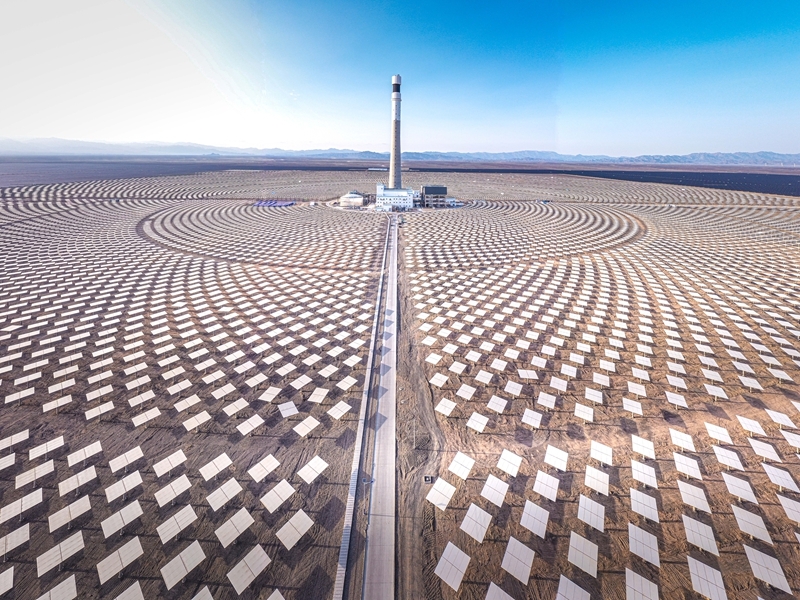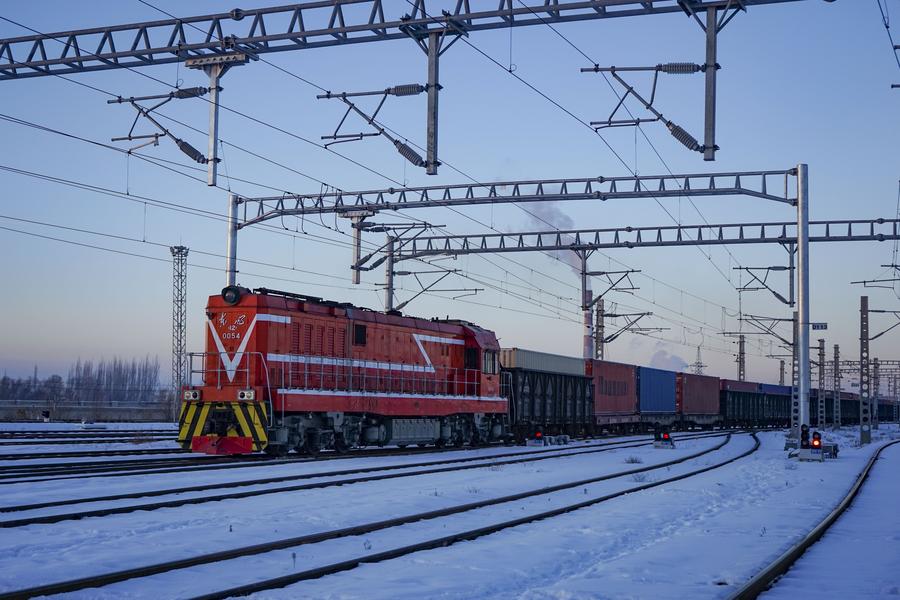What the Developing World Can Learn from Xinjiang’s Rise

Today, Xinjiang has eliminated poverty while producing about 92% of China’s cotton and has become a renewable energy hub. This remarkable transformation provides the Global South with actionable lessons.
When I first visited China, the breathtaking beauty of Xinjiang left the most lasting impression. Strolling through its bustling alleys, savoring its cuisine and exchanging smiles with its friendly people, I noticed it shares common Chinese as well as Asian traditions of family, friendship and community.
As China celebrates the 70th anniversary of the founding of the Xinjiang Uygur Autonomous Region, with President Xi Jinping attending the celebrations in Urumqi, I’m reminded of Xinjiang’s natural beauty and its progress. Under the leadership of the Communist Party of China, the region has evolved into a beacon of prosperity, unity and modern advancement.
In a globalized economy, regions and nations succeed when they identify their unique strengths, cultivate them and integrate them into national and global value chains. Competitive development ensures that progress is sustainable and resilient rather than fragile and episodic.
The transformation of Xinjiang offers the developing world a valuable case study. It emphasizes that modern development involves more than just economic growth. It also requires enhancing competitiveness through structural change.
Seventy years ago, Xinjiang was largely rural and impoverished, hampered by inadequate infrastructure. It has advanced remarkably under robust administration and persistent national strategies. Xinjiang’s GDP has increased more than 160 times since 1955. Rural poverty has been completely eliminated.
In 2025, Xinjiang solidified its position as China’s leading cotton producer, delivering over 92.2% of the country’s cotton output. Beyond cotton, tomatoes, apples and pears from Xinjiang are exported globally, supported by modern irrigation systems, cold-chain logistics and smart farming.
The region’s energy development reflects a similar trajectory. From modest local resources, Xinjiang has emerged as a critical energy hub. It combines oil and natural gas with some of the world’s largest renewable projects in wind and solar power.

Infrastructure development has reinforced these gains. The region now has 27 operational airports, with plans to expand to 33 by year’s end, making it the Chinese region with the most airports and providing unprecedented rural-urban connectivity. At the same time, highways and railways have linked remote areas to domestic and international markets.
Beyond roads and railways, digitalization has opened new pathways of connection. E-commerce platforms have enabled farmers to bypass intermediaries and sell products directly online. This essentially transforms smartphones into advanced farming tools.
This integration of agriculture modernization, energy diversification, infrastructure expansion and digital connectivity illustrates how formerly remote areas can be brought into national and global value chains. For countries like Pakistan, where I come from, Xinjiang demonstrates the importance of comprehensive policy frameworks, large-scale infrastructure investment, agricultural modernization and digital empowerment to drive competitive development.
The message is clear: focused strategies that improve connectivity, value addition, and the adoption of new technologies can accelerate growth and drive structural transformation in low-income regions.
This transformation was anchored in effective governance that prioritized people’s expectations, promoted unity while respecting diversity, and combined prudent macroeconomic management with political stability and visionary leadership.
Nationally, China’s achievement of lifting over 800 million people out of poverty and eradicating absolute poverty remains an unparalleled global milestone. With its tradition of learning from and engaging with the world, China now offers neighboring countries opportunities for sustainable growth by linking them to resilient and secure industrial and supply chains.
The high-quality development of the Belt and Road Initiative, guided by consultation, shared benefits, and connectivity across policies, trade, finance, and people-to-people exchanges, provides a framework for shared progress. In this pursuit, President Xi Jinping recently urged Xinjiang Uygur Autonomous Region to build a socialist modern Xinjiang that is characterized by unity, harmony, prosperity, affluence, cultural progress and a sound eco-environment, where people live and work in peace and contentment.

He emphasized leveraging Xinjiang’s resources and industrial strengths to chart a path of high-quality development suited to its conditions. This includes fostering new quality productive forces, promoting cultural tourism, restoring ecosystems, accelerating its role as the core area of the Silk Road Economic Belt, and prioritizing people’s living standards.
Xinjiang’s experience demonstrates a key principle for developing regions and countries: progress accelerates when resources are directed toward sectors that can quickly scale and compete globally by aligning local strengths with international demand.
Xinjiang illustrated this by transforming cotton into a world-leading export through mechanization and advanced irrigation. It developed fruit cultivation into a reliable export industry supported by cold-chain logistics. It converted deserts into hubs for solar and wind energy.
For developing economies, priority sectors include agriculture and agro-processing, renewable energy, infrastructure, mining and logistics. These can deliver rapid and visible gains when supported by sound policies and targeted investments. Progress in these areas also enhances knowledge transfer, strengthens resource management and diversifies economies while advancing environmental and social sustainability goals.
The broader takeaway is that even remote or underdeveloped regions can become engines of prosperity when their comparative advantages are systematically linked to markets through enabling reforms, strong infrastructure and visionary leadership. Congratulations, Xinjiang, on 70 remarkable years.
Hassan Daud Butt is an investment & project management practitioner and faculty member at various institutions and universities. He is a senior advisor to China Energy Engineering Corporation.
 Facebook
Facebook
 Twitter
Twitter
 Linkedin
Linkedin
 Google +
Google +










